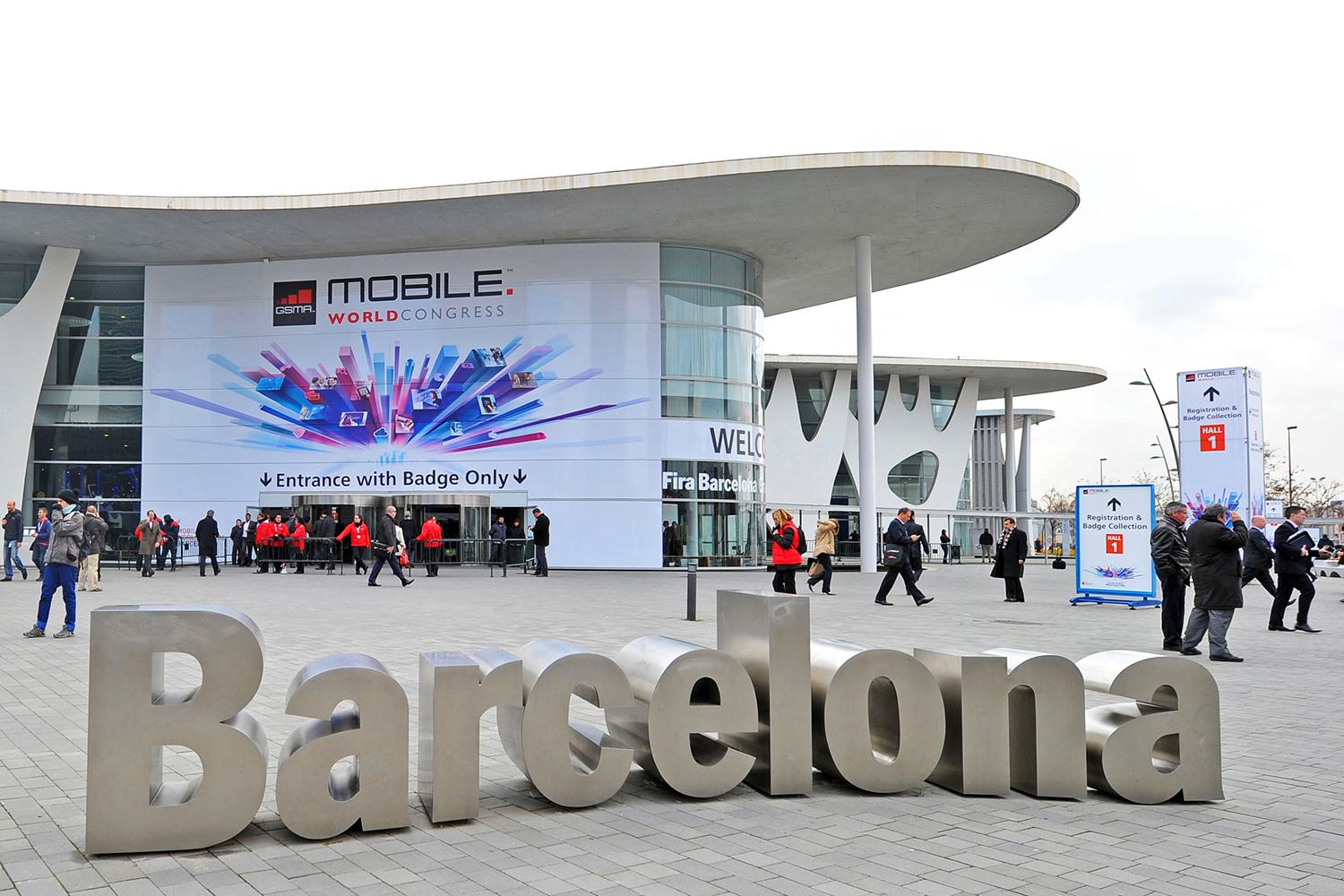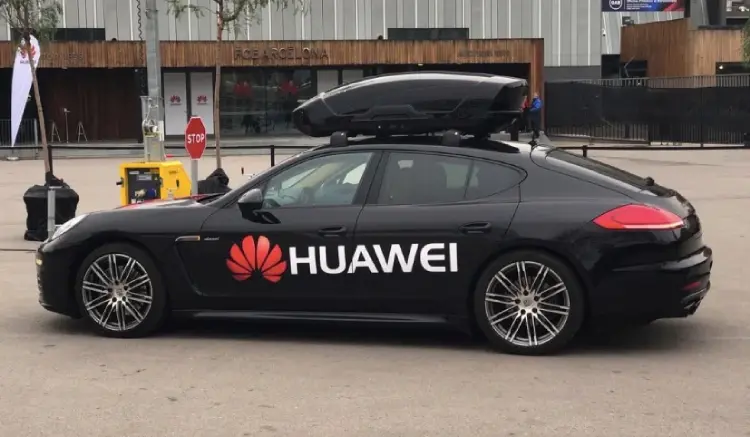
As MWC 2018 comes to a close, it is safe to say it has been a whirlwind experience in Barcelona. Spectators saw 5G, the Internet of Things (IoT) and virtual reality (VR) present in almost every corner of the Congress but what stole the show this year?
Picking just one technology out of the vast amount on offer at MWC 2018 is a tough task. So instead, CBR has compiled a list of the most exciting technology we think was present at the Congress and why it should be on your radar for the next year.
Connected Cars
Despite connected, autonomous and self-driving cars being a much talked about topic seeing one is the reality spectators need to trust the technology. In partnership with Vodafone, Huawei stole the show demonstrating a 5G connected car in Barcelona.
The total amount Huawei has invested in 5G technology totals $600bn, stretching across mobile devices, smart homes and self-driving cars. Using VR, Huawei demonstrated to spectators just how the experience would pan out when connected cars are a reality in the years to come.

Connected Cars still have a way to go until operation on main roads, but the ideas are all there. Once 5G networks have been better established the technology can drive forward even faster, but for now it was good to enable attendees to see what the future holds.
Wireless Tech
MWC did not fail to showcase the best wireless devices of the 21st century, with NETGEAR focusing on its very on wireless router and IoT devices. When Wi-Fi is unreliable, slow or none existent NETGEAR believes the router will solve everyone’s problems. It enables up to 20 individuals to connect to the device, which provides speeds of up to 1Gps as well as connecting many IoT devices to it as well.
From miniature cameras, to wireless speakers all the devices operate from the wireless network and provide users with optimal wireless experience. Whilst the device only currently operates on 4G, NETGEAR will look into upgrading the router when 5G has been rolled out.
In addition to its wireless features, NETGEAR’s router also offers the ability to plug in a USB device and stream content from that through other devices. The device will heavily benefit the business environment and the device is available now at an RRP of £299.
VR & AR
Augmented reality (AR) and VR showcased in almost every corner of MWC 2018. The offerings included devices that would transport attendees onto a rollercoaster ride, or thousands of feet in the air on a hot air balloon.
Though the vision of AR and VR technology has been around for many months now, the reality of its implementation has ceased to exist as much. Now, however, vendors at MWC demonstrated the ways VR and AR can enhance the lives of individual’s and not just for pleasure.
Stealing the show for VR would have to be the Samsung Gear VR, with controller. It enables users to experience VR like no other, using the controller and headset to transport to a different world in partnership with Samsung’s mobiles.
One of the big downfalls of VR is the after effect it causes of motion sickness. However, with Samsung’s device it offers a 42mm lenses with a larger Field of View with better distortion correction to ensure users will not suffer with the dreaded motion sickness.
Edge Computing
Perhaps not a shiny device or swanky application like the others, but edge computing is just as exciting for many different reasons. The likes of VMware and Dell EMC demonstrated how the technology will enable customers to operate more efficiently, driving costs as well as time.
Edge computing allows organizations to send the most important information to the edge of the device, then send the rest of ‘necessary’ information to external cloud platforms. The biggest benefit this offers to businesses is the ability to save time when analysing data, enabling decisions to be made quicker and more accurately.
Additionally, the technology will indefinitely help businesses that are using connected devices as it allows each to talk to one another with the relevant information stored at the edge rather than ’grabbing’ it from the cloud. Further benefits edge computing offers is the ability to drive down costs, because the necessity for a large data centre and cloud platform is no longer as high.
IoT Devices
Though it may sound simple, the use of Internet of Things devices at MWC 2018 was phenomenal. Without a shadow of a doubt IoT was expected through every single hall, but Cisco’s IoT platform stole the show for me with its demonstration of IoT devices within smart cities.
Cisco IoT demonstrated devices for better water supply, driving down costs and benefitting local communities too. One device that caught the eye of attendees was Cisco’s Fog Detector. Designed for the needs of residents in Tennessee, the IoT device uses sensors to detect oncoming fog, to pre warn residents and enable them to travel with more care. Something so simple solves the larger problems in communities.
 The company said that companies put residents at the heart of what they do, which is the driving force behind many of the devices that are developed by Cisco.
The company said that companies put residents at the heart of what they do, which is the driving force behind many of the devices that are developed by Cisco.






